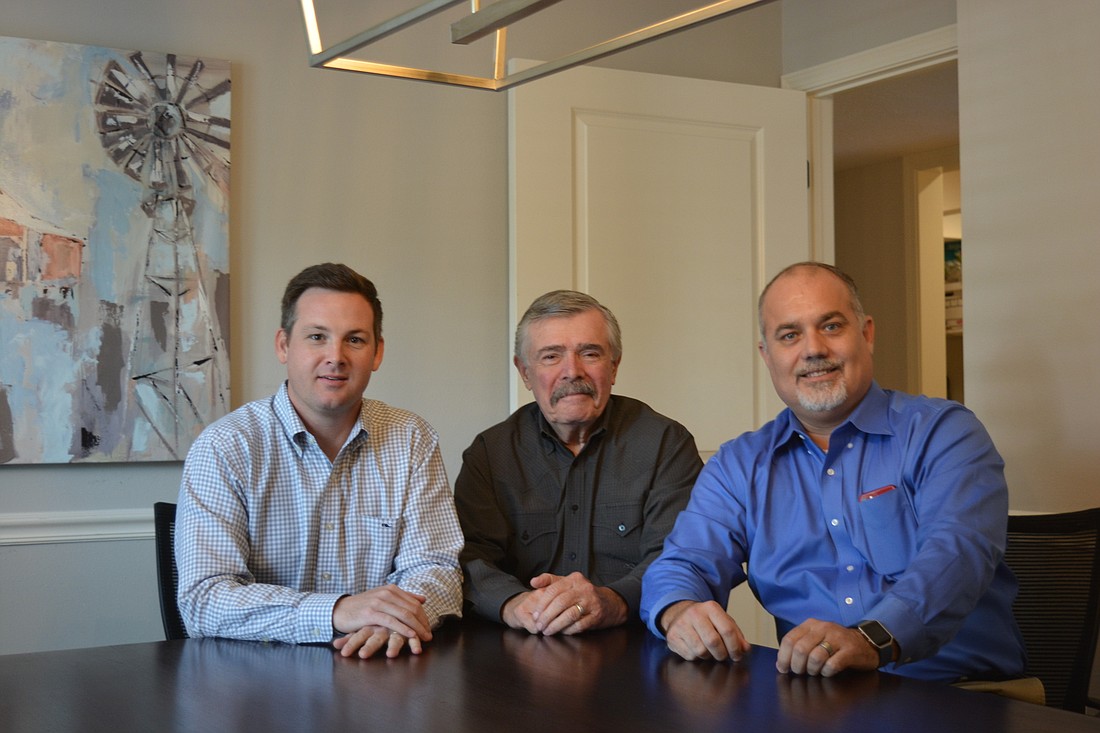- December 18, 2025
-
-
Loading

Loading

There’s no elephant in the room in Tampa Bay.
That’s the conclusion of commercial real estate brokerage firm Eshenbaugh Land Co.’s founder, Bill Eshenbaugh, on the state of the region’s residential real estate market.